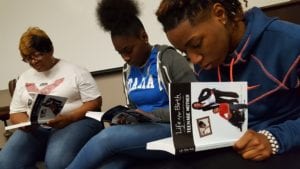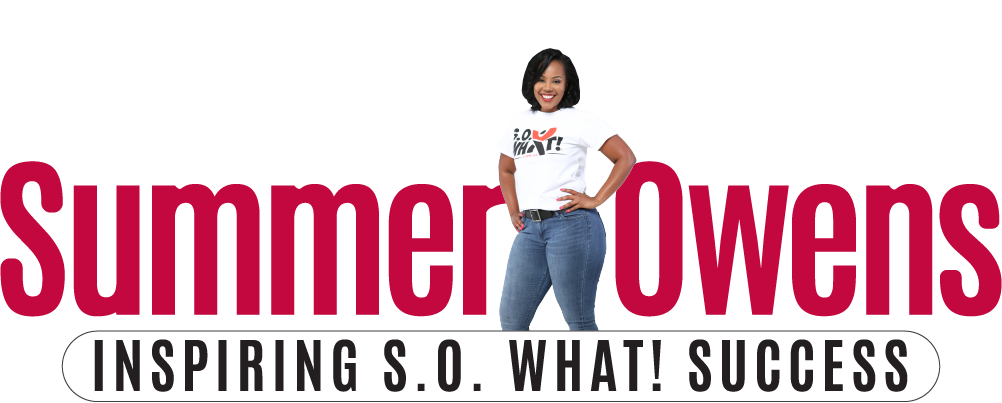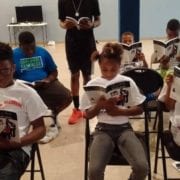SO What is Literacy?
What is Literacy
After publishing my first book, Life After Birth- A Memoir of Survival and Success a Teenage Mother, I was amazed by how many students and educators were reading my story. A 5th grade guidance counselor told me that her students looked forward to their time reading my book and that it was rich with vocabulary and other elements to improve literacy. She said her girls (only at the time) were learning so much from it and the curriculum I had created. She then introduced me to Higher Learning and explained how great my curriculum would be using it.
Although controversial and some parents still don’t like it (especially for math), Higher Learning for English Language Arts is a bit more straightforward… to me at least.
to me at least.
Basically, Higher Learning for English Language Arts engages students in higher learning standards for literacy that are common across the states. For those opposed to using Common Core, teaching the curriculum simply means focusing on higher learning standards for students.
Although I graduated magna cum laude with both my Master’s and Bachelor of Business Administration degrees and was an adjunct college professor teaching marketing and life skills and change management course that I created, I was not a secondary school educator. So for a few years before developing the S.O. What! Literacy, Life Skills and Character Education curriculum and workbooks, I studied the various standards and learned much as I could about literacy. I also worked with educators and administrators to understand more.
Here’s an overview of what I learned about literacy.
What is Literacy?
Literacy is more than just the ability to read and write. UNESCO goes beyond the basic definition of reading and writing when they say “…Literacy is now understood as a means of identification, understanding, interpretation, creation, and communication in an increasingly digital, text-mediated, information-rich and fast-changing world.”
Literacy comes in many other forms and can be defined in different ways. Besides the basic definition of being able to read and write, there is a little-known form of literacy called emergent literacy.
If learning to read and write is foundational, emergent literacy is pre-foundational. It starts at birth and gradually increases during the preschool and early childhood development years. A few examples of emergent literacy are:
- How young children enjoy hearing rhyming words
- Children noticing and pointing out common signs and letters
- Scribbling on paper or pretending to write or draw
- Picking up a book to read – even though it’s upside down
All these activities prepare children for reading and writing in the later school years. For many students, emergent literacy as well as an introduction to literacy during the first three years of life was and is insufficient. Understanding this influenced many of the elements and activities in the version of the S.O. What! Literacy, Life Skills, and Character Education curriculum for 5th grade students. 5th grade students are the youngest group that I suggest read my book and follow participate in the program due to some of the more mature topics- that even 5th graders discuss.
What is Foundational Literacy?
The ability to read and write is also called foundational or traditional literacy. There are several elements of foundational literacy. These include:
- Awareness of sounds where you know what each letter of the alphabet sounds like.
- Vocabulary is one’s word bank (words you know from common use or which you can decode based on context).
- Print awareness from exposure to books, letters, and words. When you have print awareness, you can recognize letters and words when you see them.
- Spelling relies on one’s ability to see a word, know the associated sounds, and sound them out loudly. There are two sides to spelling: saying the letters which make up the word and writing the letters which make up the word.
UNESCO argues that literacy encompasses secondary level skills like comprehension and interpretation.
Other types and definitions of literacy include:
-
Numerical literacy:
the ability to understand the logic, manipulate numbers and apply that knowledge in daily life. For example, counting, calculating, and totaling up your bills, and knowing how much change to give/get.
-
Digital literacy:
which has to do with technology. And we live in a digital age. Digital literacy means you understand the technology available, how to use it to acquire information that you can apply in a meaningful way. For example, knowing how to use Google to research a term paper. Then using the information you get to write a well-reasoned term paper.
-
Health literacy:
is about understanding the factors which contribute to good health such as nutrition and exercise. It also involves taking precautions to guard against illness, visiting a doctor when necessary, filling and following prescriptions to the letter.
-
Financial literacy:
is understanding how money works. It involves having the knowledge and ability to manage your finances through budgeting, saving, and investing. When you are financially literate, you can make sound decisions about your money. For example, bargain shopping, saving and planning for large investments like buying a house, and delayed gratification.
-
Media and information literacy:
These two types of literacy go hand in hand. Media literacy is about identifying different types of media such as print, digital, audio, and visual. Then interpreting the messages they are sending. Information literacy, on the other hand, is the ability to identify the information you need, knowing where to find it then applying it appropriately. The connection comes in because the source of information is one of the many forms of media. At the same time, media is used to relay information. A good example of media and information literacy is the ability to spot fake news.
-
Cultural literacy
is the ability to understand and navigate the subtle nuances of different people’s norms, beliefs, and community behaviors. It can include understanding their language, and correctly interpreting the meaning, and acting accordingly. A culturally literate person knows how to calm potential disagreements, gain consensus from a diverse group, and get along with people who are different from them.
-
Physical literacy:
has to do with one’s body. The ability to move around, fine motor skills needed to carry and lift as well as performing a full range of motion with one’s body. Physical literacy allows people to dance, play with their children and daily activities such as carrying a bag of groceries.
-
Emotional literacy:
is the ability to understand how you feel, and to express those feelings in healthy ways. When you are emotionally literate, you can tell you are angry but rather than expressing your anger by hitting others and throwing things, you can calm yourself down. Or you know to take a walk, go for a run, or hit the gym to channel those emotions in positive ways.
- Civic and legal literacy: also work well together. Civic literacy is knowing your community and what it needs. Legal literacy is knowing and exercising your rights as defined in law. Sometimes, civil action requires legal knowledge and backing.
Using the Higher Learning Standards as a guide, I incorporated as most of the types of literacy into the S.O What! Literacy, Life Skills, and Character Education curriculum.
I have seen the impact of the program on students using versions of the curriculum for 5th-grade students, middle school students, high school students, teen/young parents, and even college students. In a later blog, I explain how it all beautifully came together to improve literacy levels and interest in reading for thousands of students in the fifth-largest school district in the country.
______________________________________________________________________________________________________
I’m Summer Owens, and my passion is helping youth and young adults realize success no matter what obstacles they face. As an international resilience and leadership keynote speaker, author, S.O. What! Success Coach, and creator of the S.O. What! Literacy, Life Skills, and Character Education curriculum, I empower people to say, “So what!” to even their greatest challenges. provide a framework to help people see past their challenges and focus on solutions using the S.O. What! Success System (Overcome Obstacles + Eliminate Excuses + Calculate Choices = S.O. What! Success). Through keynotes, workshops, books, online courses, and workbooks, I use life’s challenges and my own story of resilience as a rape survivor and teen mom success story to help others confidently pursue their dreams.
Looking for an inspiring college motivational speaker? A high school literacy curriculum? A middle school life skills workbook? A great example for teen mothers? A women’s empowerment or single mother’s conference speaker? I’m your girl and will help any audience say, “S.O. What!”.









